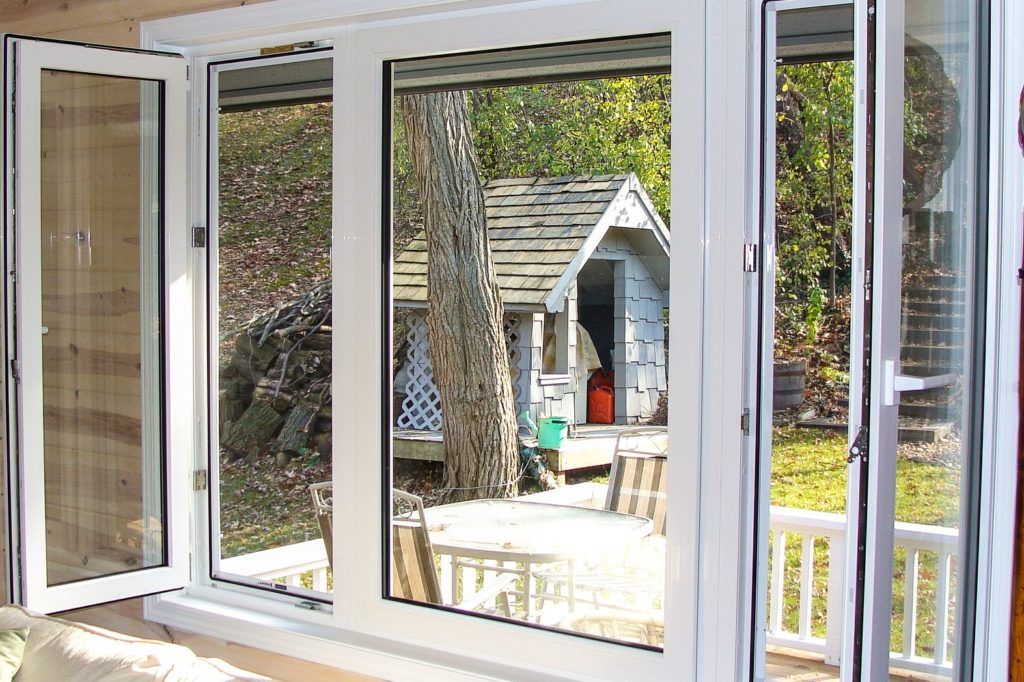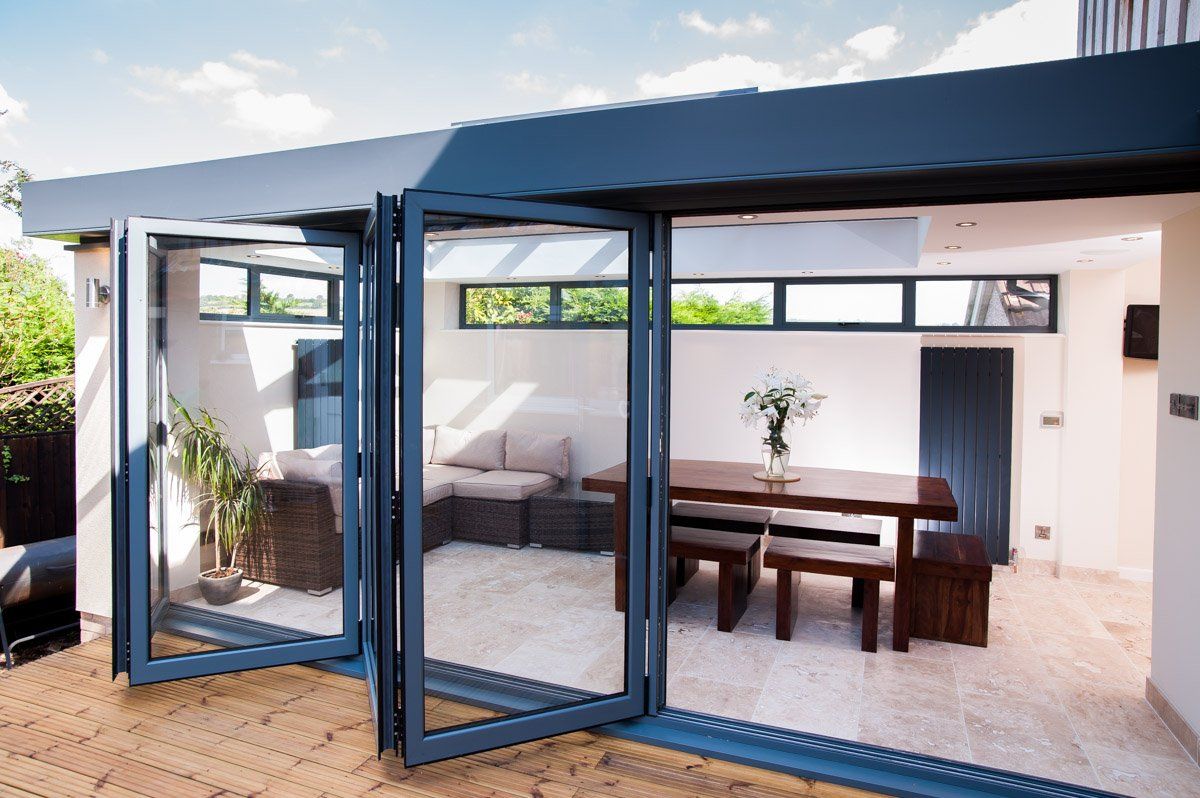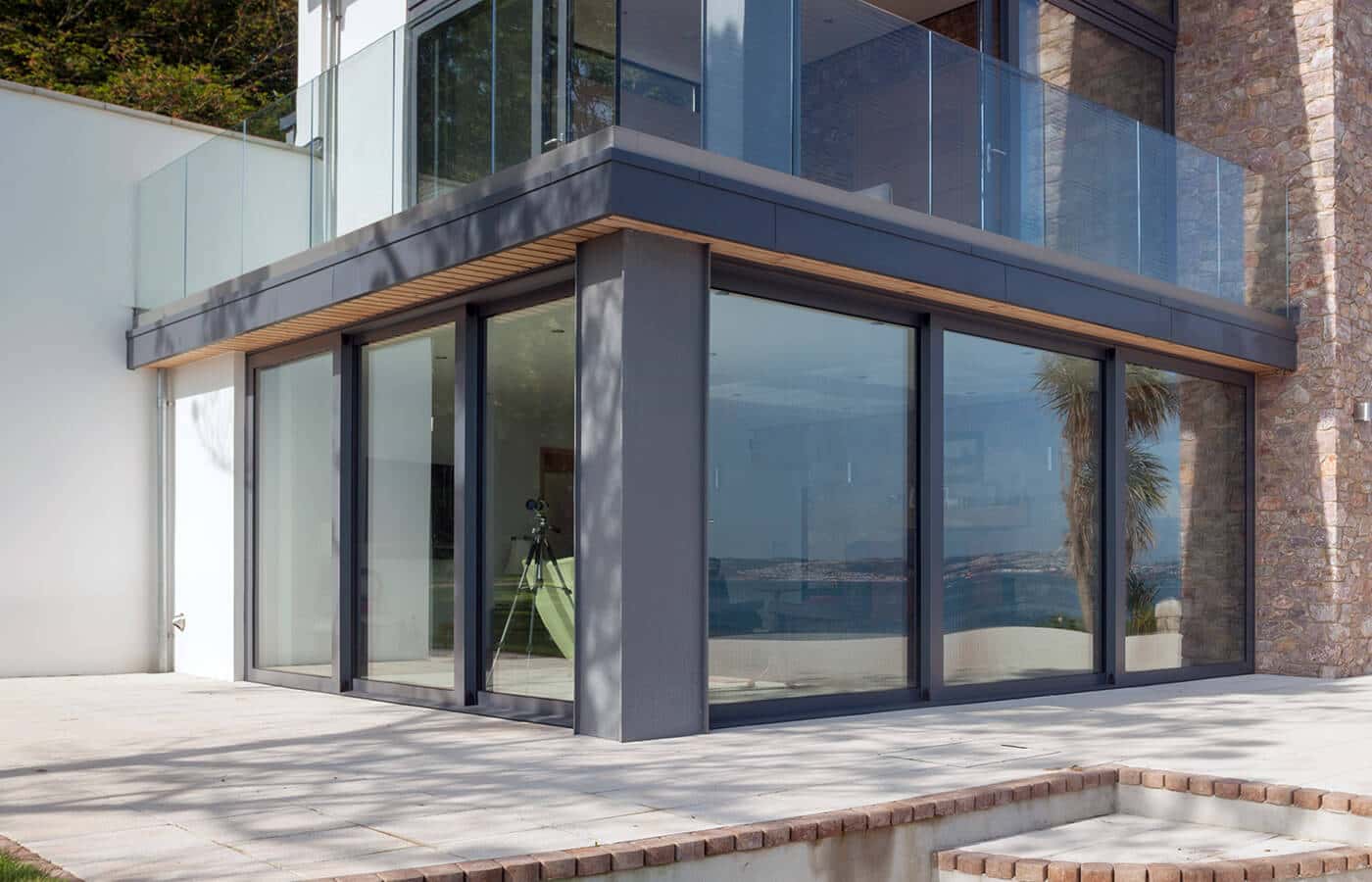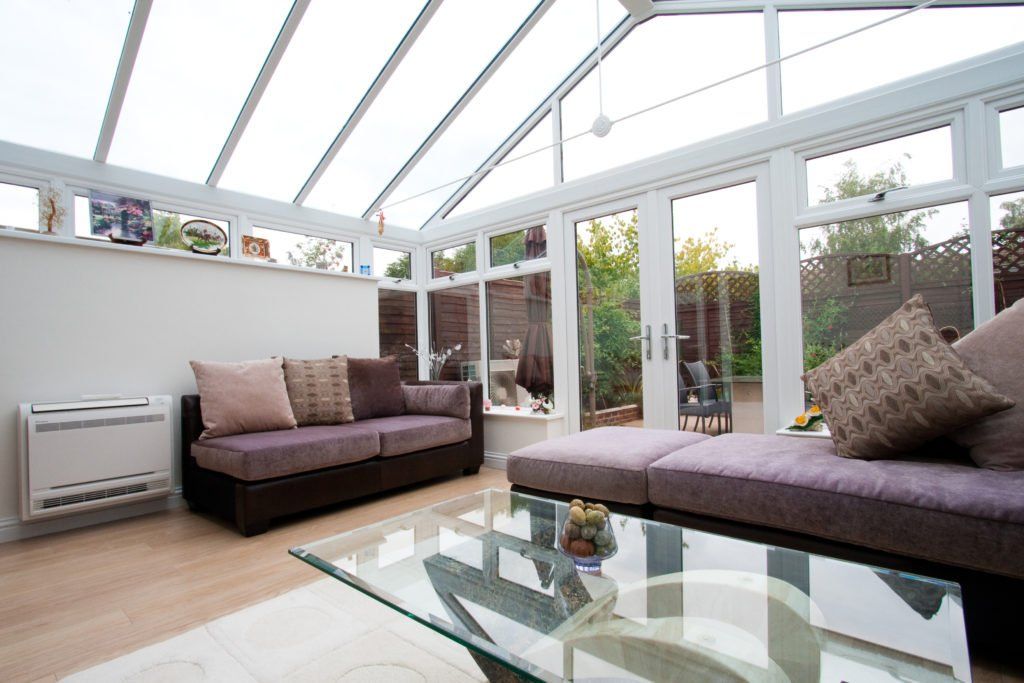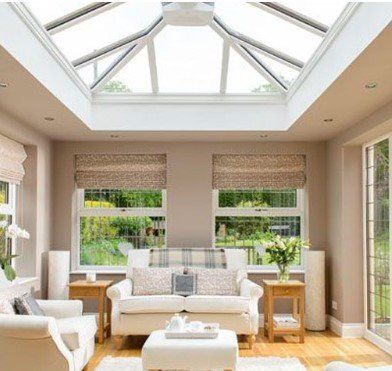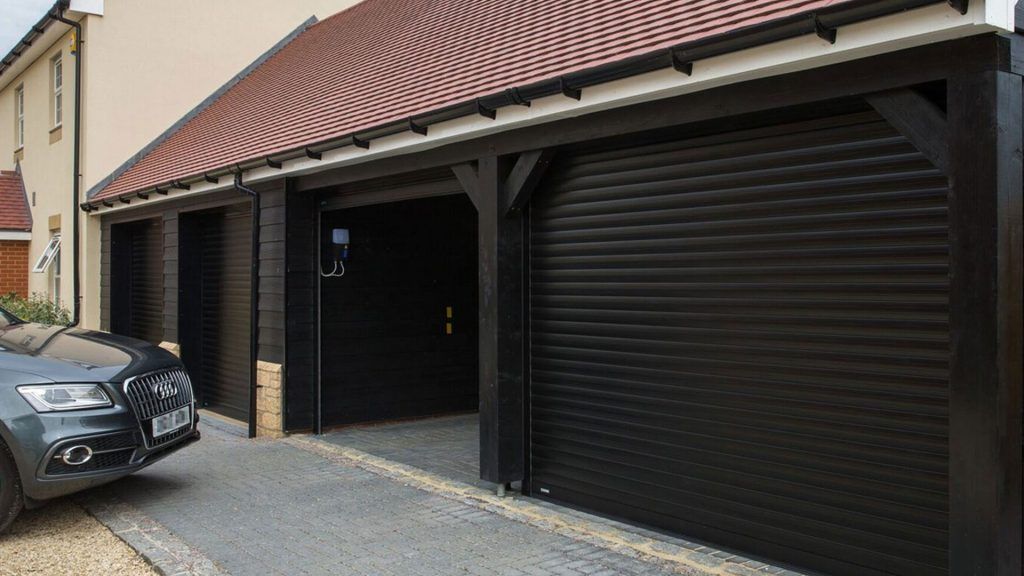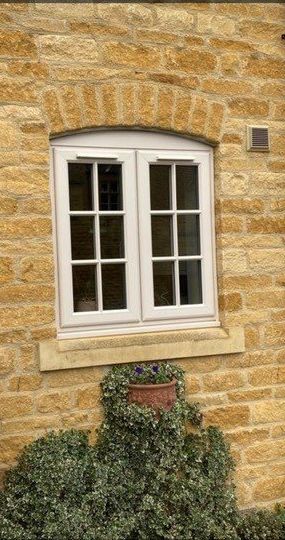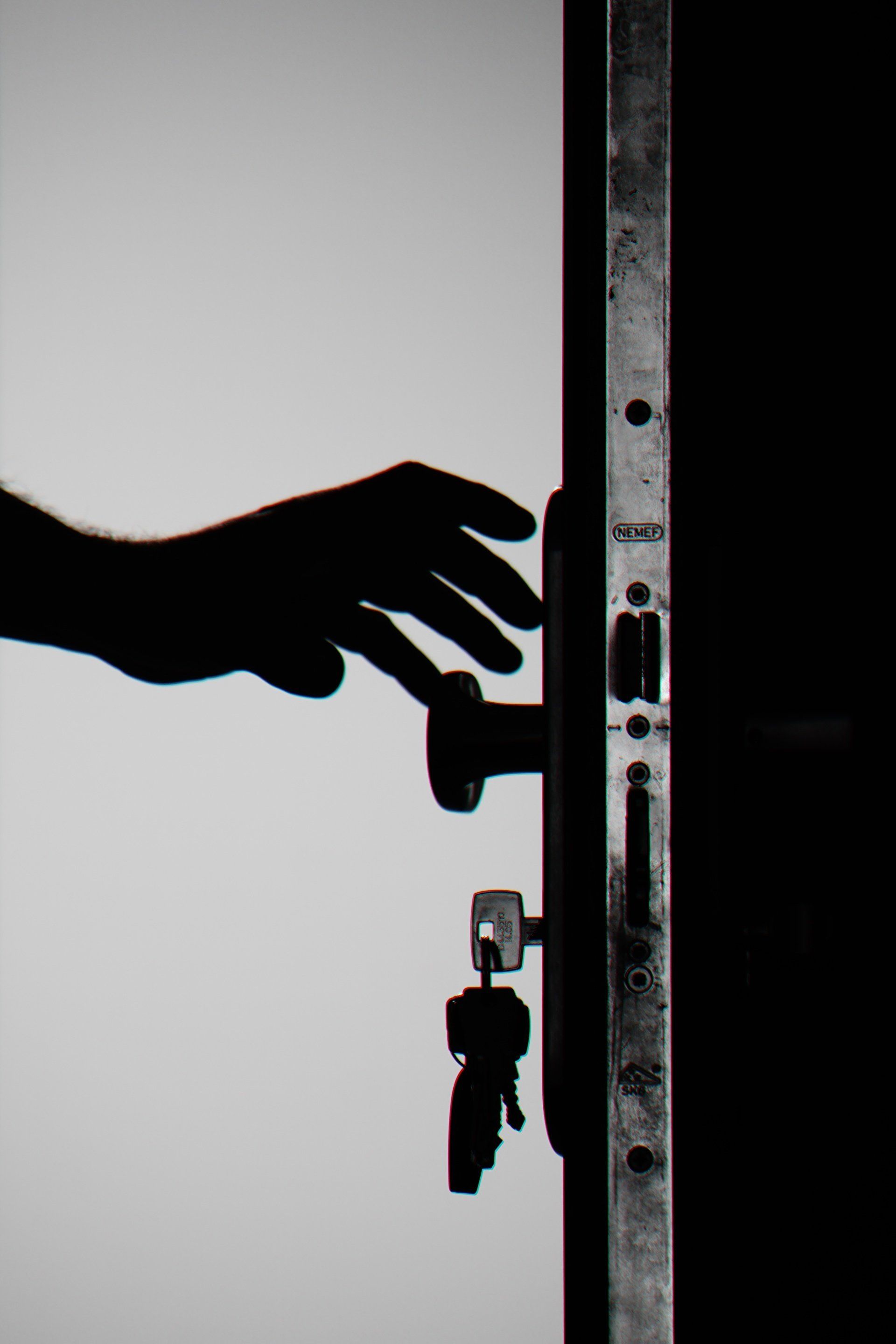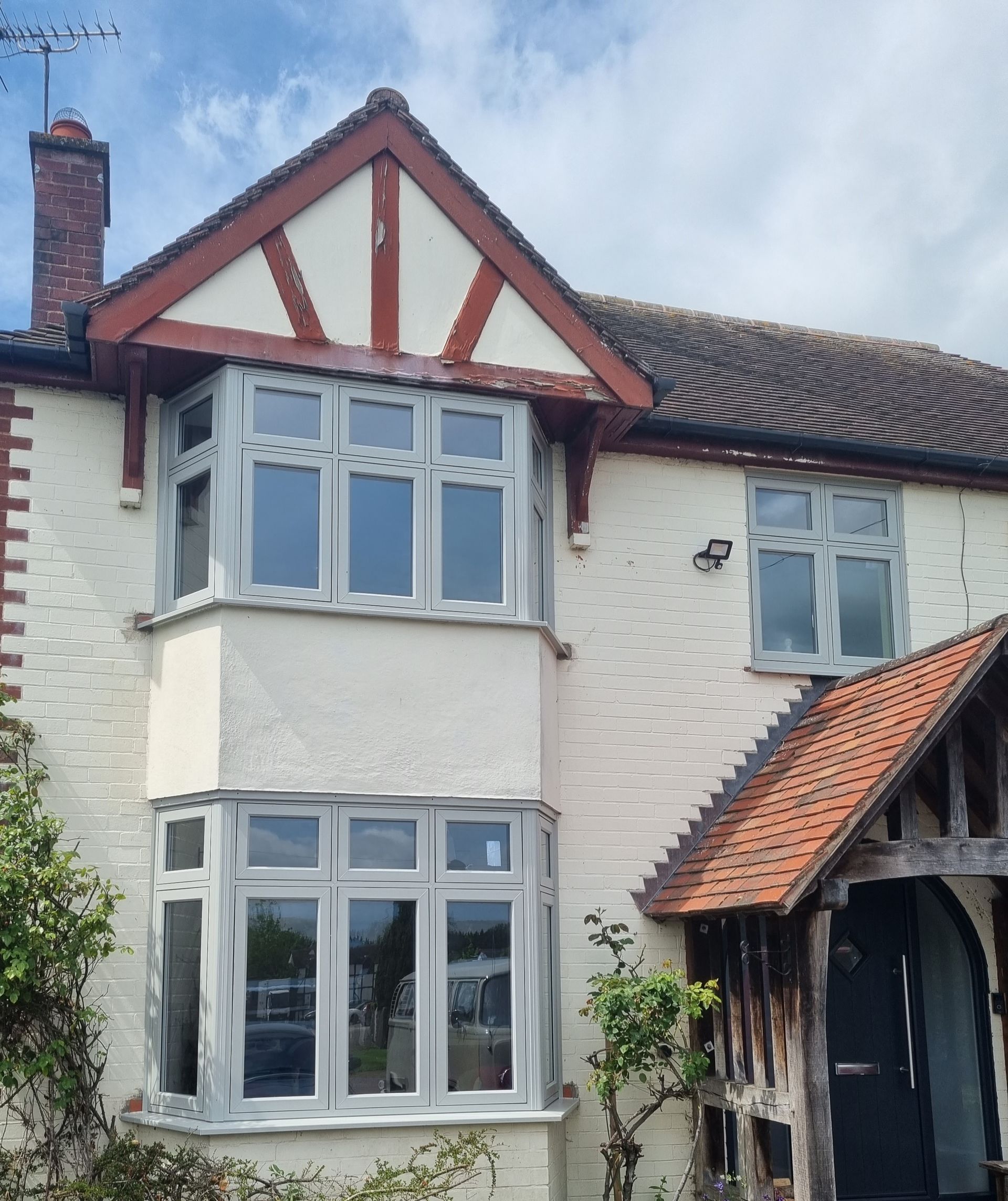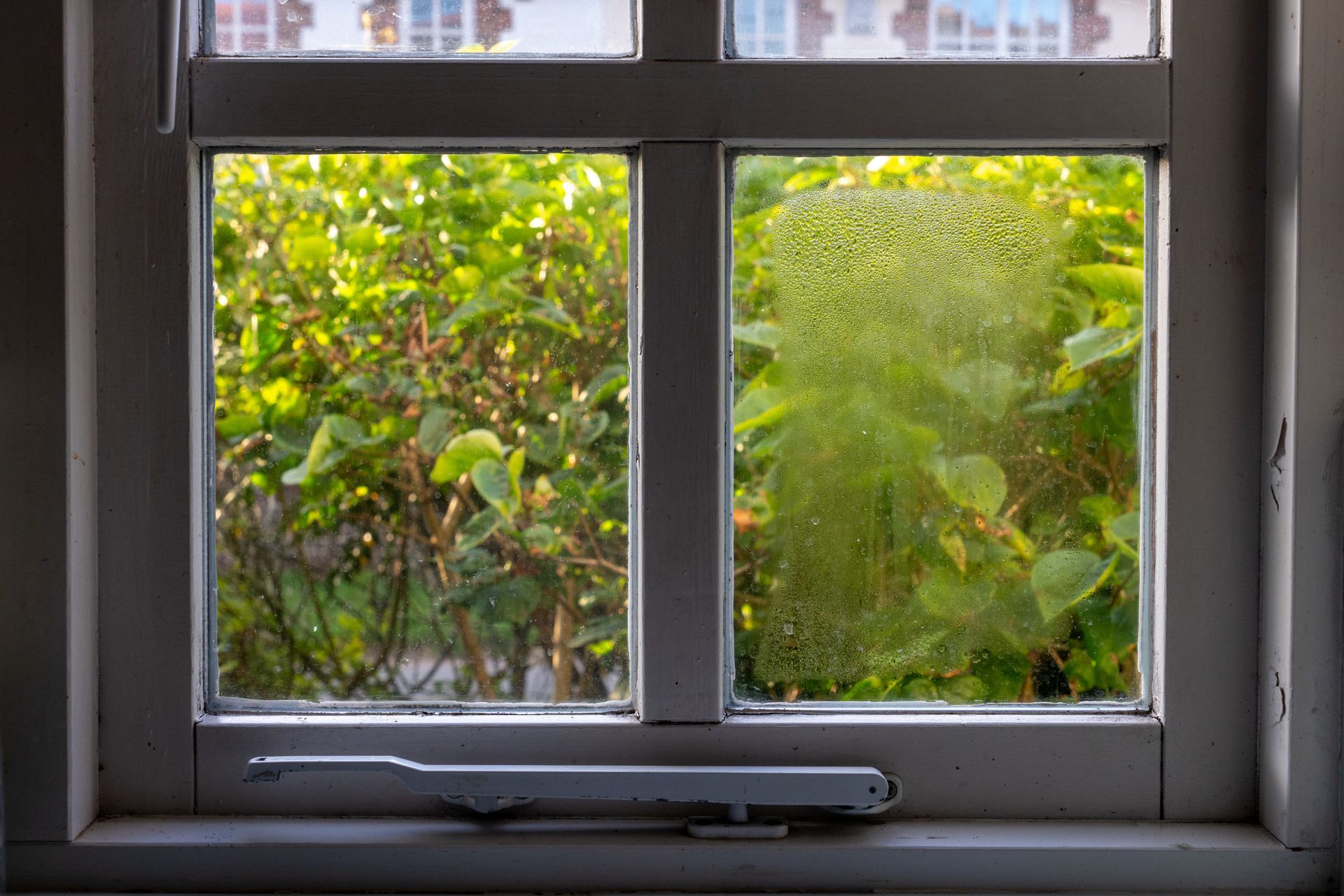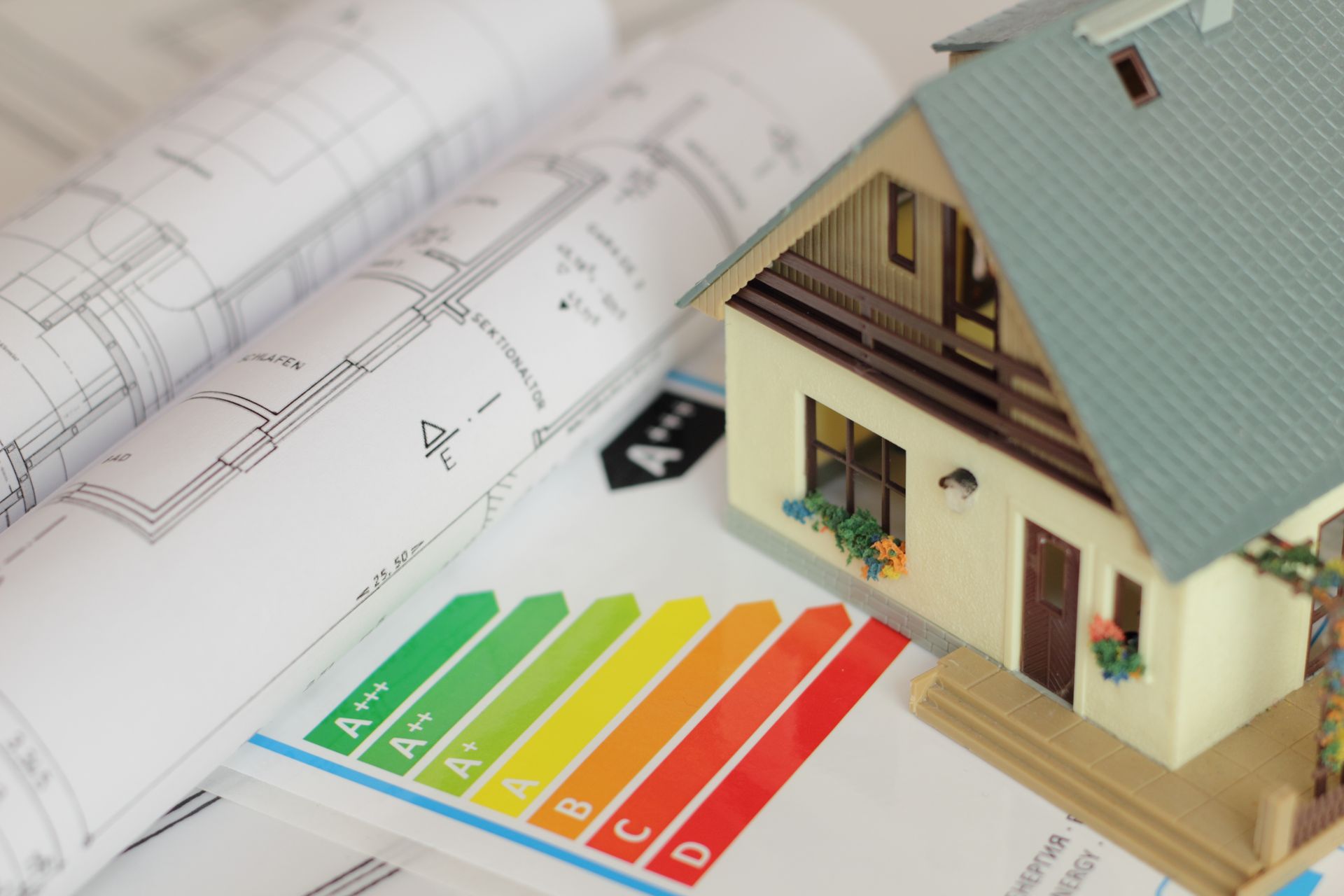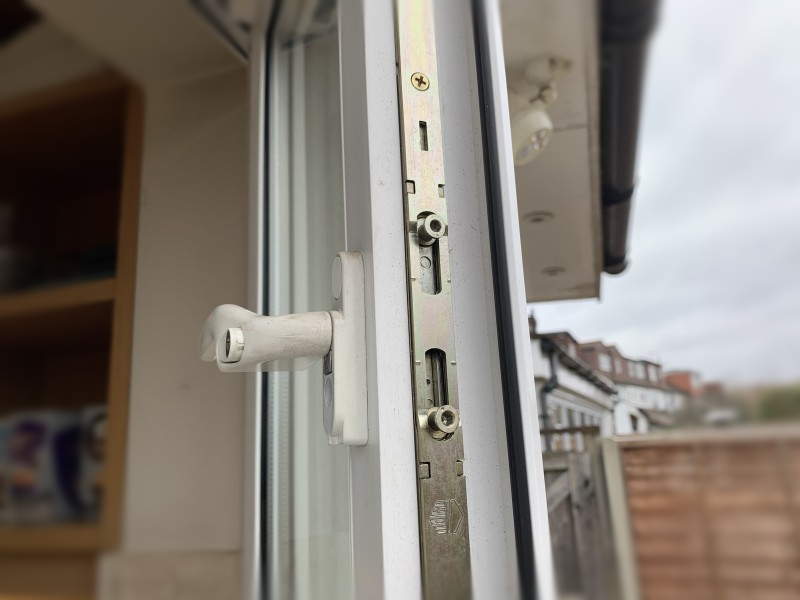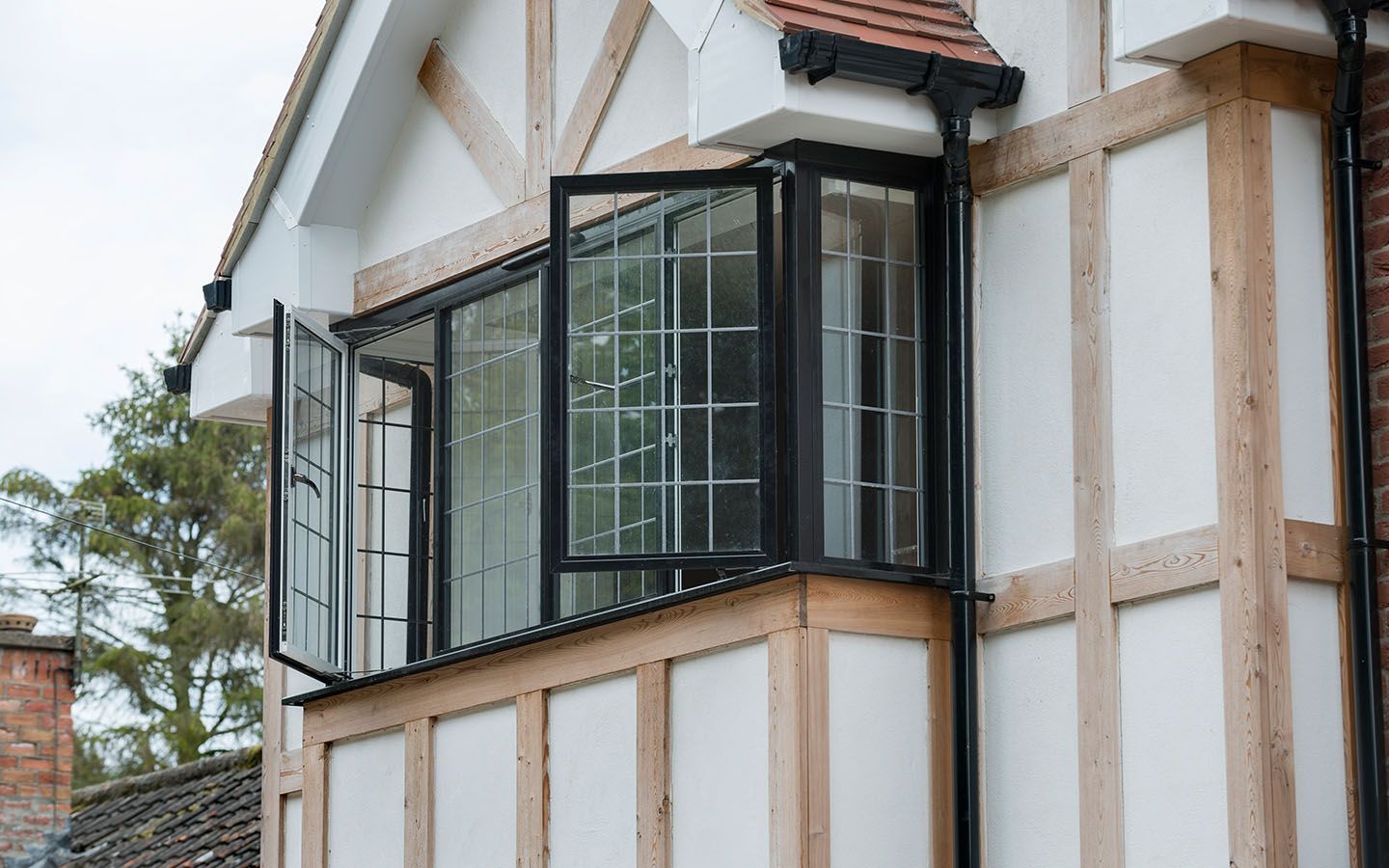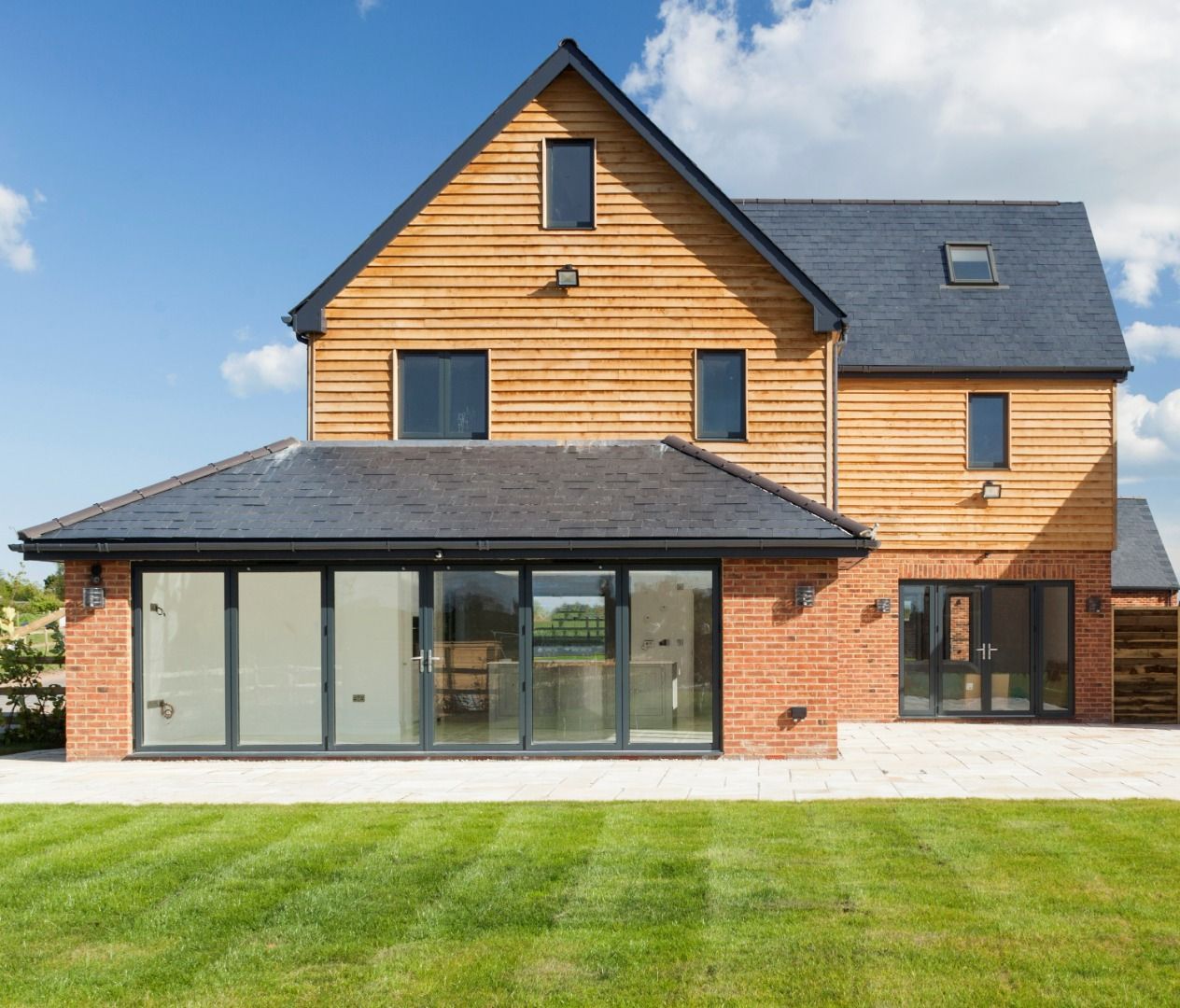12 Interesting Facts About Double Glazed Windows
Some images in our blogs are for illustration purposes!
Fact 1 – If you have inefficient windows by installing new double glazing into an property which was entirely single glazed, you could save the following each year on your energy bills:
| Energy rating | Detached | Semi detached | Mid terrace | Bungalow | Flat |
| A rated | £130 – £175 | £90 – £120 | £80 – £105 | £60 – £80 | £50 – £65 |
| B rated | £120 – £160 | £80 – £110 | £70 – £95 | £50 – £70 | £40 – £60 |
| C rated | £120 – £150 | £80 – £105 | £70 – £90 | £50 – £65 | £45 – £55 |
Fact 2 – Double glazed units help reduce noise and keep the warmth in your home, making for a warmer and quieter environment.
Fact 3 – New double glazed windows reduce cold spots and drafts within the home making the living space more comfortable.
Fact 4 – New glazing is good for our environment as it reduces the carbon footprint.
Fact 5 – Energy-efficient glazing reduces condensation build-up on the inside of your windows.
- Solid Wood: Great insulator against heat and cold, but it’s expensive. It requires maintenance and is subject to swelling and warping. Often used in conservation areas where the original windows were timber framed.
- Aluminum/Steel: Strong, affordable, low-maintenance, slim and long lasting.
- uPVC: Long lasting, affordable, low maintenance and can be recycled.
- Composite: Has an inner timber frame covered with aluminium or plastic. This reduces the need for maintenance and keeps the frame weatherproof.
Fact 7 – There’s more to the glass than you think!
- Low E glass reduces your energy bills and also blocks UV Rays. The metallic coating reflects the heat into your home in the colder months and keeps it out in the summer months, but all the while it allows 95% of the natural light into your homes.
- Privacy can be achieved by using special glass treatments such as frosted and pattern glass, this limits visibility but still allows day light into your rooms.
- The glass and frames are rated using an energy rating scheme like the ones used for home appliances.
- Really efficient windows use gases such as argon, xenon or krypton in the gap between the sheets of glass.
Fact 8 – Lots of choices when it comes to openings, not all windows open the same way!
- Casement: probably the most popular window choice suitable for new and old properties. Available in a choice of colours, materials, finishes and sizes.
- Flying Mullion: The flying mullion window is similar to a casement window; but has no obstruction when the window is opened.
- Picture: These are a shaped window such as small port holes, arches or large circles with a choice of glazing options such as plain, patterned, stained and bevelled glass.
- Tilt & Turn: Can either opens inwards or outwards from either the side or the top, having dual opening options makes it totally unique to any other window type.
- Sash: A traditional style window which can have various openings from fixed, double hung and single hung or a combination of these openings.
- Slider: Suitable for commercial and contemporary properties and useful when a window can’t be opened outwards. The pane of glass horizontally slides pass one another to open.
- Secondary windows : Can be used in a conservation area where double glazing can’t be installed. The secondary pane of glass and frame can be fitted inside the existing window.
Fact 9 – In an average sized home windows take up around 10% of the homes wall space.
Fact 10 – Double glazing companies recommend that you replace your old windows every 20 years, to ensure your home is as energy efficient as it can be.
Fact 11 – A skylight window will provide 30% more light than a vertical window. (the windows need to be the same size for this calculation!)
Facts 12 – 36% of break-ins are through windows so make sure your window glass has no weak spots allowing potentially intruders easy access into your homes!
